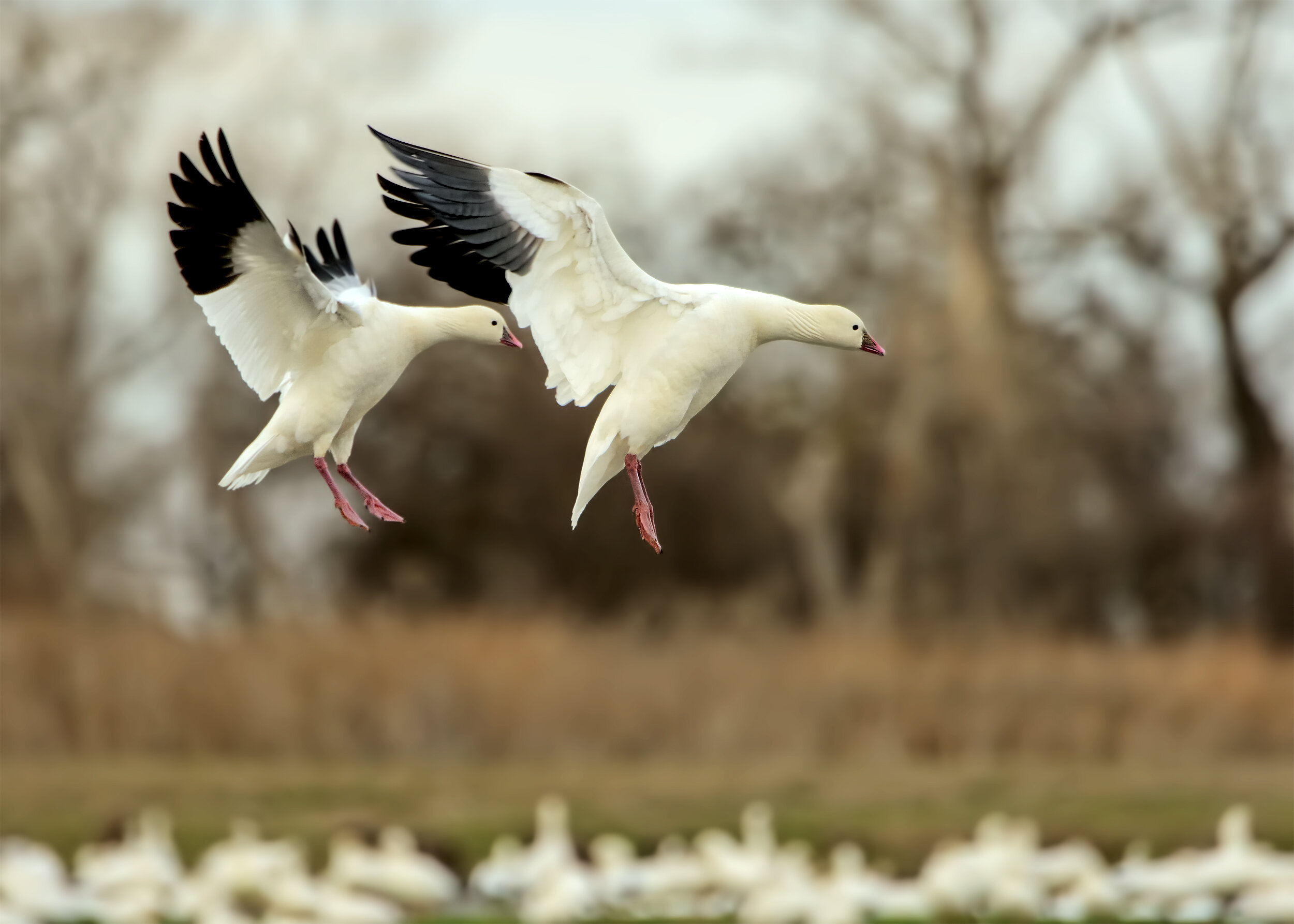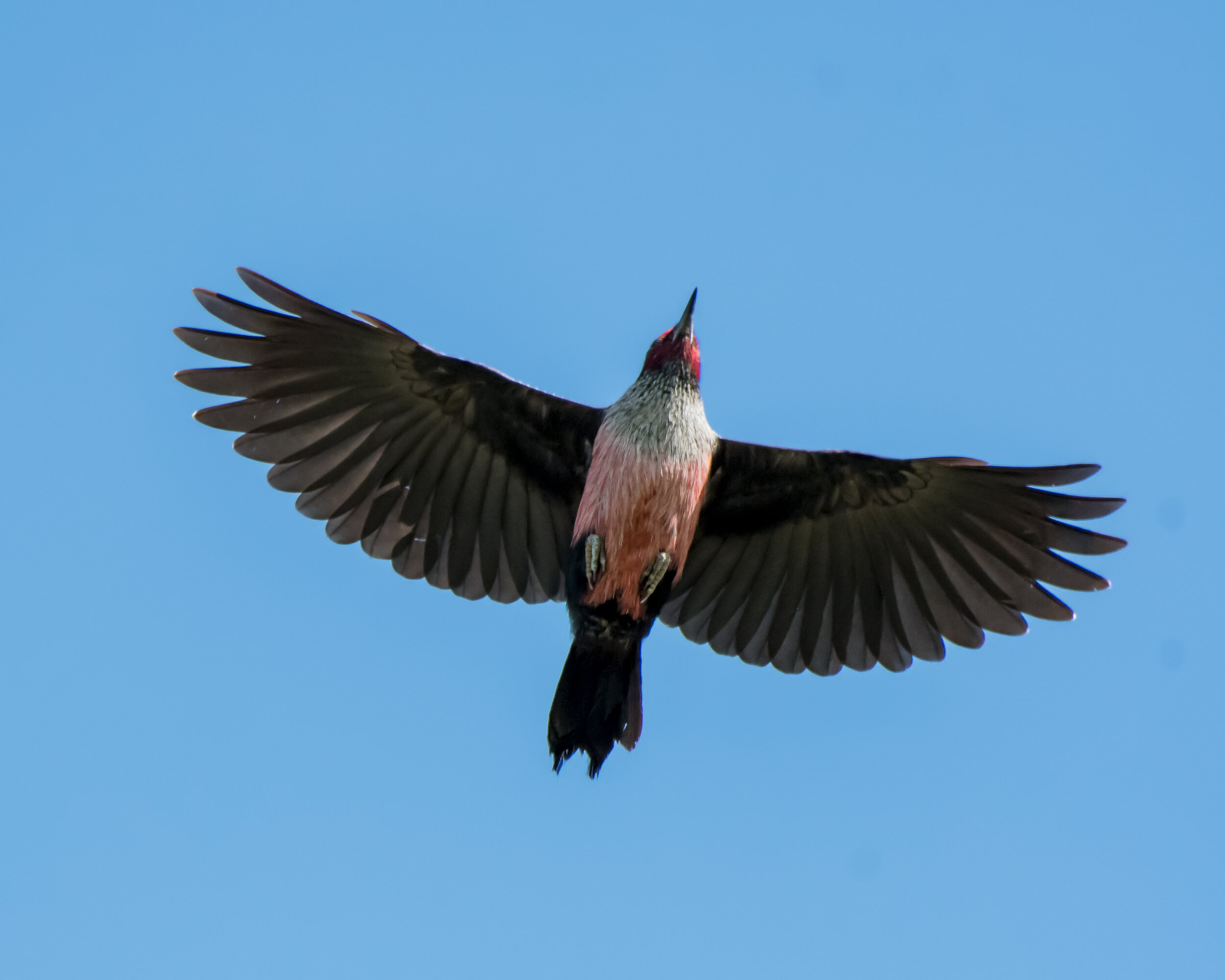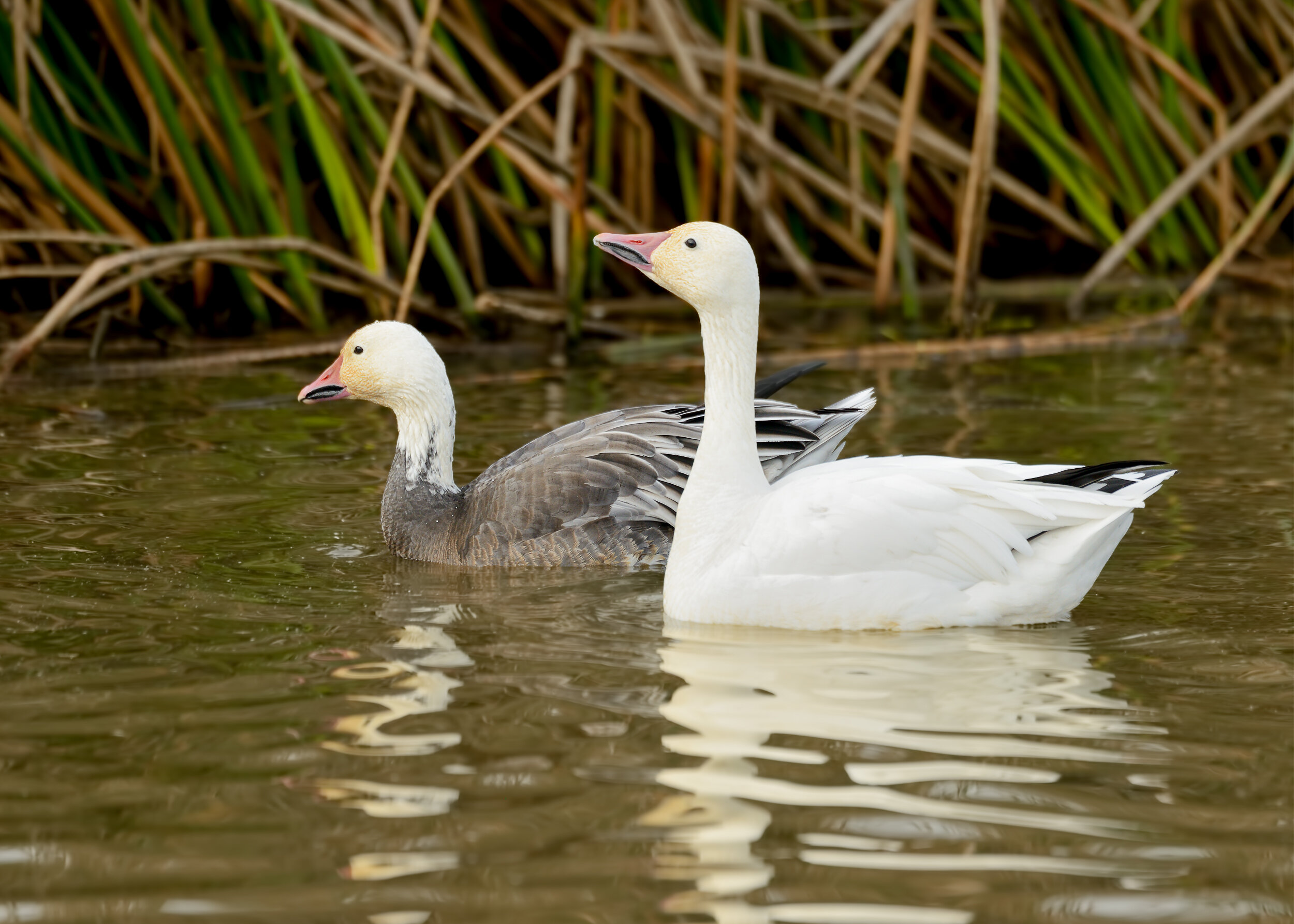North of Sacramento
To use the map above, click on any point. You’ll find the name and a brief description with a link to additional information. Alternatively, you can click on the square with an arrow in the upper left hand corner of the map to open a complete list of all the locations on this map. The map is easier to use if you enlarge it by clicking on the partial square in the top right portion of the map.
Fees and directions may have changed. If you have recommended changes for a location, please email them to the Web Committee.
Placer County
This unassuming and unsung area holds some of the greatest raptor concentrations in the region. The rice fields can host immense flocks of Snow and Greater White-fronted Geese, and Tundra Swan. When water conditions are right, the shorebirds can be very good.
This is a great spring trip. Following the suggested route will result in a wide variety of habitats including grasslands, farmlands, riparian corridors and open water and will provide some of the best spring birding in the Sacramento Valley. This trip can be broken into a number of smaller excursions or taken on as a full day of birding.
Ferrari Ranch Ponds are a series of smaller ponds, bordered by a paved bike trail, located on the west side of Hwy 65 in Lincoln. Common Gallinule are in fact common in these ponds along with egrets and herons, swallows in the summer, and a variety of waterfowl in the winter.
Sutter County
A walk through the sanctuary is a delight in any season. Over 195 species of birds have been recorded. In summer, Swainson’s Hawk soar overhead. Great Horned Owl is common here. Wood Duck, herons, egrets, and Pied-billed Grebe can be found year-round. Springtime brings a variety of warblers as well as nesting Western Bluebird, Bullock’s Oriole, and Black-headed Grosbeak. In winter, sparrows, towhees, kinglet, Yellow-rumped Warbler, and Northern Flicker are among the common birds.
Colusa County
The area traversed by Sand Creek Road is a classic California landscape in remote Colusa County. This is the best site locally for Greater Roadrunners and among the best for Lawrence’s Goldfinches.
Greater Roadrunner, Lawrence’s Goldfinch, California Thrasher, Bell’s Sparrow may be heard and even seen in spring. Listen here as well for the Mountain Quail calling in the spring.
Approximately 1 hour north of Sacramento, the Colusa NWR is a great location to view large waterfowl concentrations, especially during December and January.
Butte County
In winter, you will often see the sky at Gray Lodge filled with geese and ducks. Snow Geese, as well as the greatest concentration of Ross's Geese in the United States, are found here along with Greater White-fronted Geese and Canada Geese.
Banner Photo Credit: Ross’s Goose by Daniel Lee Brown








